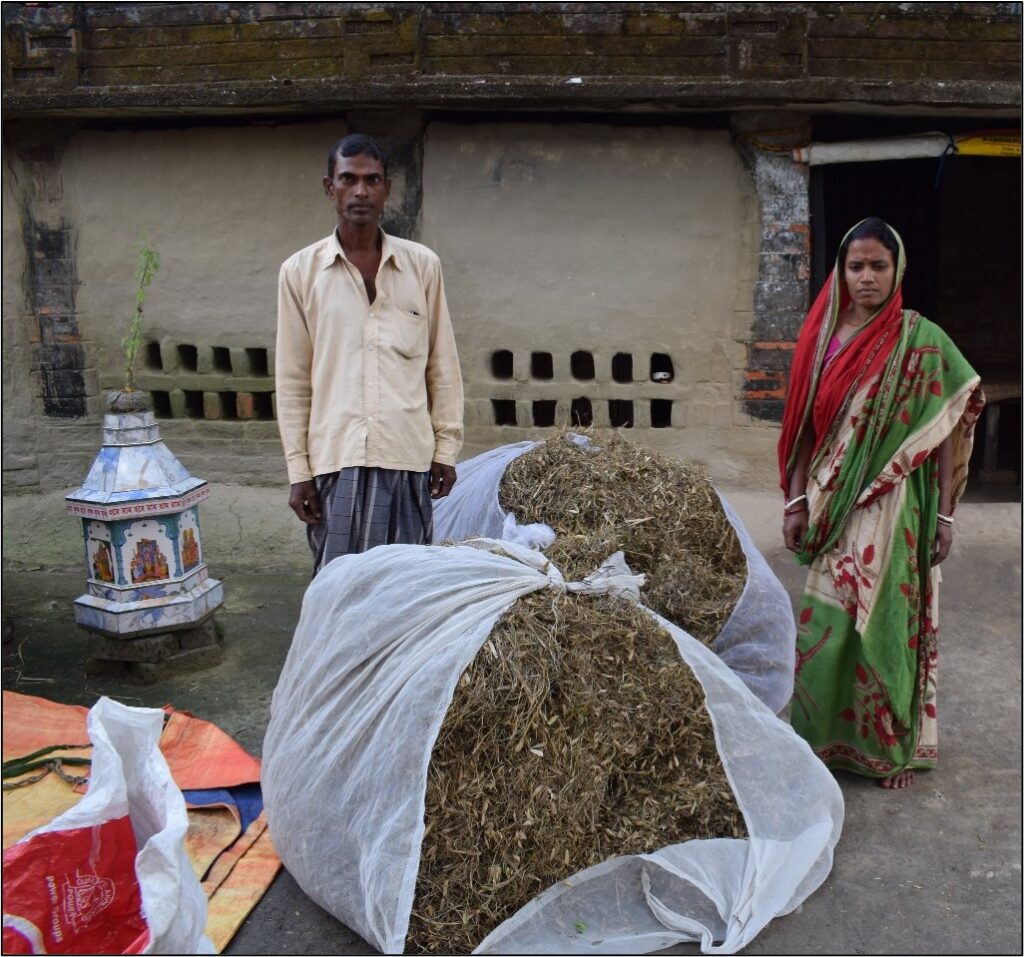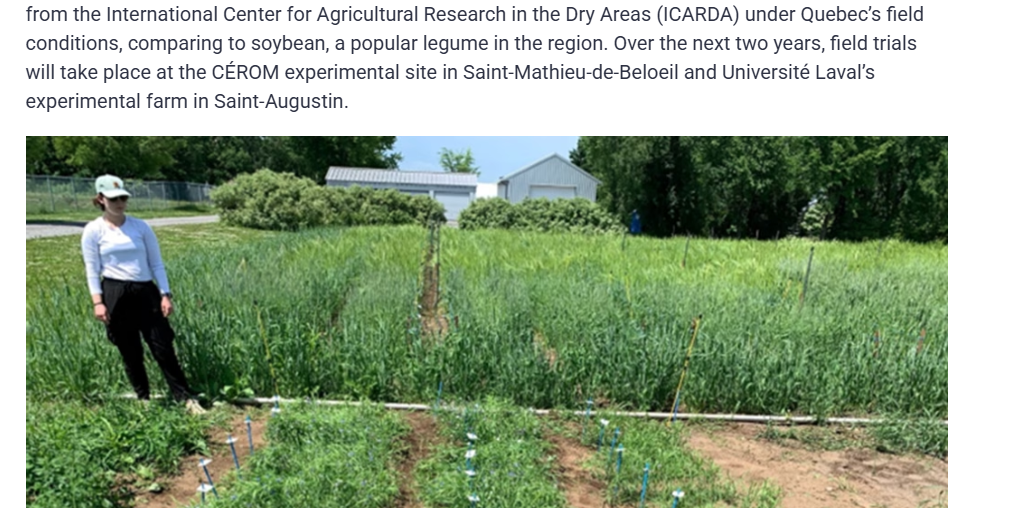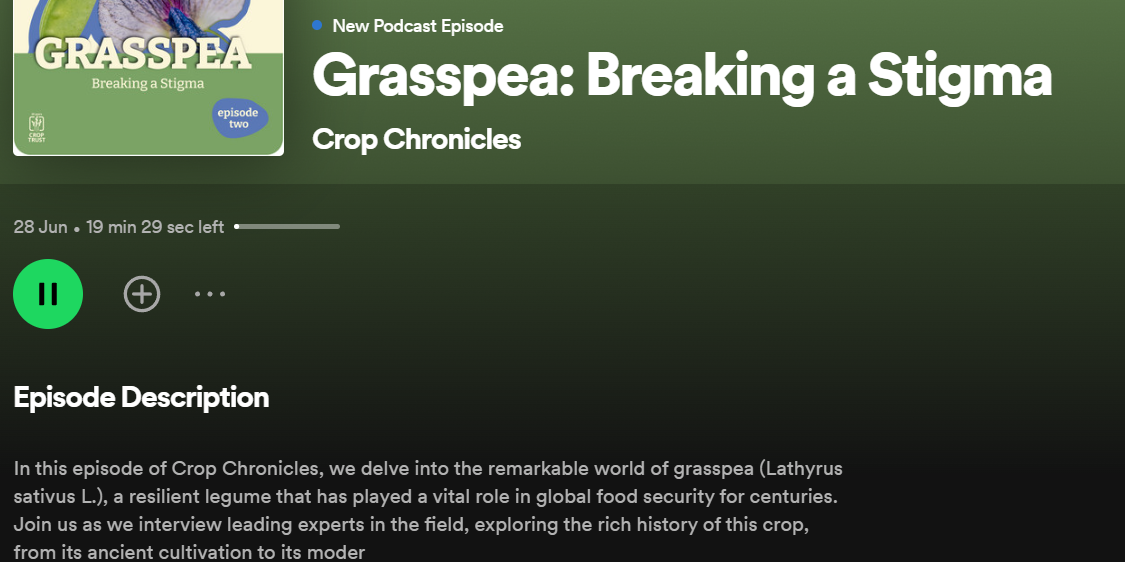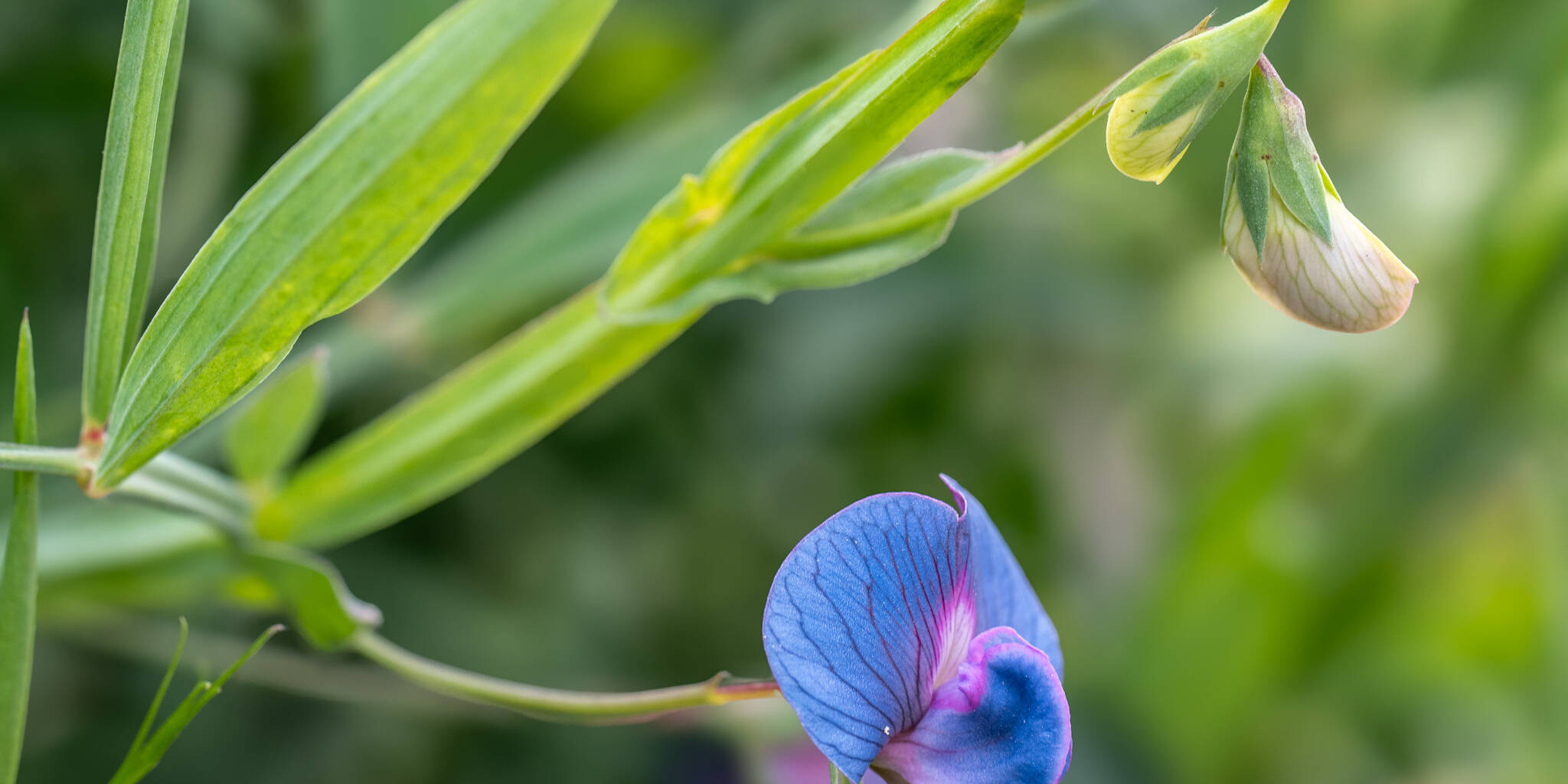By Dr Kuldeep Tripathi, Scientist, ICAR-NBPGR, India
Grace is what God does because he is gracious. Every action of God toward us involves his grace. His creation is God’s grace, and grasspea is one of those creations. Historical texts claimed that grasspea was used as offerings to kings and in various religious and funeral ceremonies of mummies in ancient Egypt, which indicated the ancient use of grasspea. In the present age, grasspea is a promising alternative for sustainable food production because of its inherent qualities, such as tolerance to water stresses and source of nutrition. It is one of the most affordable and the largest source of protein, next to soybean. It fixes 60-124 kg/ha of nitrogen under dry conditions and contributes positively to the nitrogen requirements of its subsequent crops. Being a hardy crop, it can tolerate both drought and flooding. Furthermore, it is a highly profitable crop for many developing countries like India, Bangladesh, Ethiopia, Nepal, and Pakistan, making it survival and subsistence food for the poorest of society. Grasspea is an abandoned, neglected and underutilized crop that can be explored to isolate many compounds and metabolites contributing to human health. High folic acid plays a vital role in erythropoiesis (the production of red blood cells) and nucleic acid and protein synthesis. Therefore, it is beneficial in preventing congenital disabilities. The water soluble inositol phosphoglycan (IPG) molecules from seeds of grasspea are being used in some traditional medicines to treat diabetic symptoms. Working on wild Lathyrus is very interesting for me. The most of the species are adapted to Delhi climate. A very surprising observation to see flwering in L. cassius in peak summer. The major challenges in wild Lathyrus are physical dormancy and poor vigour. To overcome this, we have established dormancy breaking protocol which maximise the establishment of the most of the species. An embryo rescue protocol have been also developed for wide hybridization that is under validation. Utilizing novel genetic resources with efficient protocols and ODAP estimation technique can enhance grasspea use in the Indian context.

Photograph was taken during a grasspea germplasm exploration trip undertaken in West Bengal, India (March, 2020)

L. cassius in flowering stage at NBPGR Pusa Farm (25 April, 2023)


